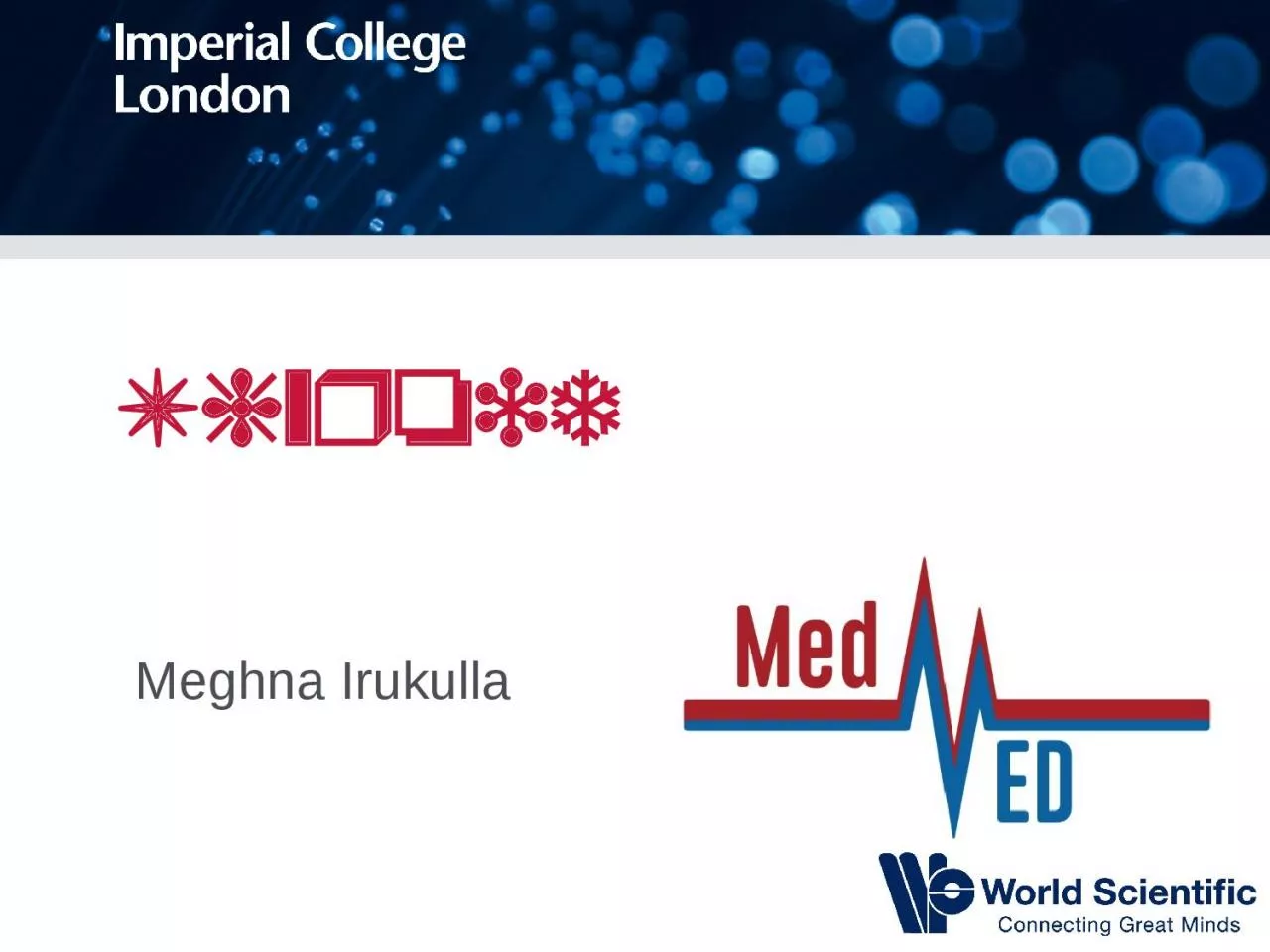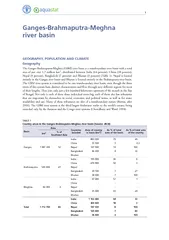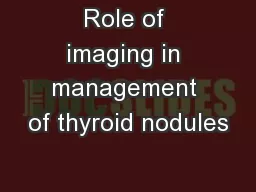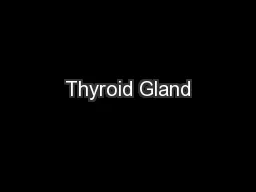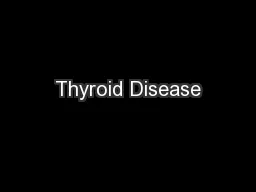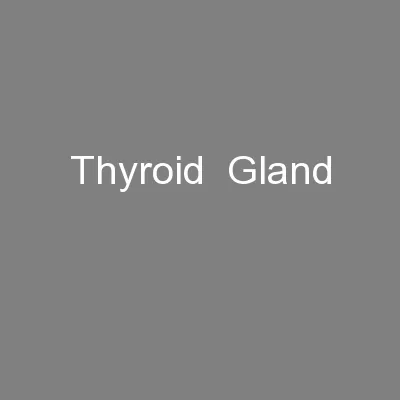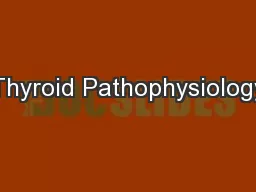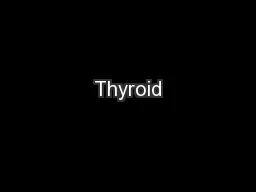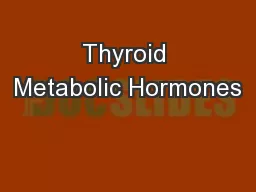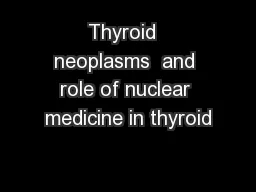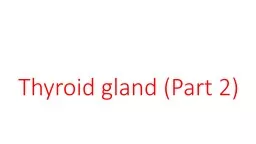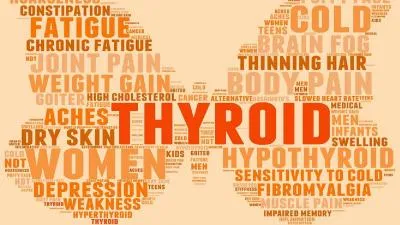PPT-Thyroid Meghna Irukulla
Author : valerie | Published Date : 2024-02-03
Learning Objectives Hyperthyroidism Graves Disease Thyroiditis Thyroid Nodules Hypothyroidism Thyroid cancer Multiple Endocrine Neoplasia Carcinoid syndrome Acromegaly
Presentation Embed Code
Download Presentation
Download Presentation The PPT/PDF document "Thyroid Meghna Irukulla" is the property of its rightful owner. Permission is granted to download and print the materials on this website for personal, non-commercial use only, and to display it on your personal computer provided you do not modify the materials and that you retain all copyright notices contained in the materials. By downloading content from our website, you accept the terms of this agreement.
Thyroid Meghna Irukulla: Transcript
Download Rules Of Document
"Thyroid Meghna Irukulla"The content belongs to its owner. You may download and print it for personal use, without modification, and keep all copyright notices. By downloading, you agree to these terms.
Related Documents

